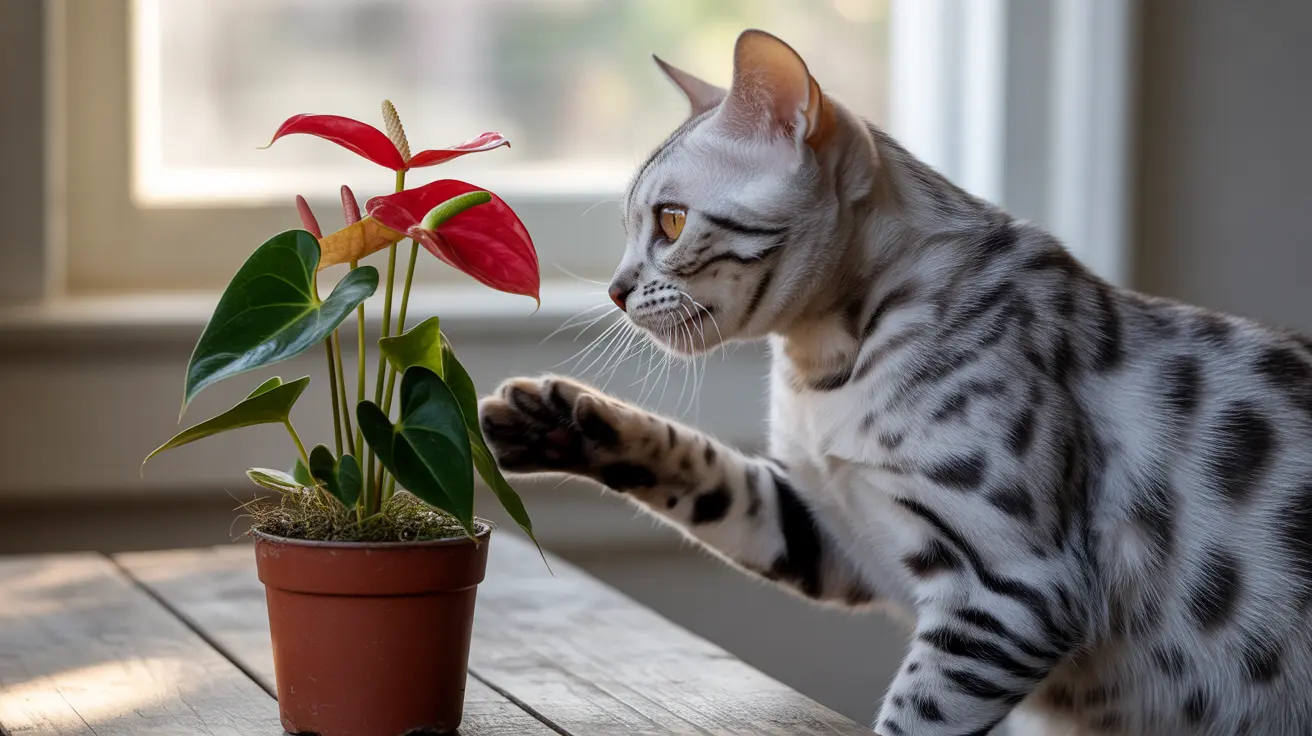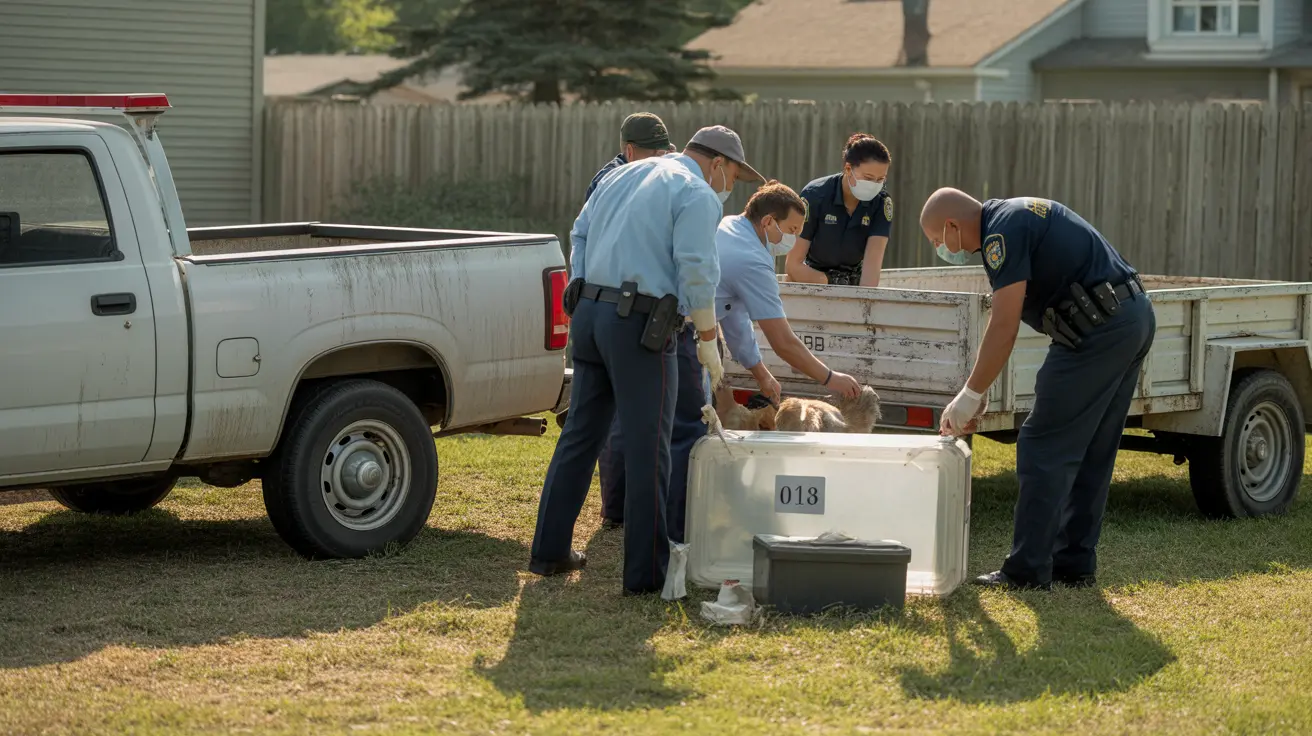For cat owners who love decorating their homes with houseplants, understanding the potential risks of Anthurium plants is crucial. These stunning tropical plants, known for their heart-shaped leaves and vibrant flowers, can pose serious health risks to our feline companions.
In this comprehensive guide, we'll explore why Anthurium plants are toxic to cats, recognize the warning signs of poisoning, and learn how to keep our pets safe while maintaining a beautiful indoor garden.
Understanding Anthurium Toxicity in Cats
Anthurium plants contain insoluble calcium oxalate crystals throughout their structure - from leaves to stems and flowers. These microscopic, needle-like crystals can cause immediate and severe irritation when a cat bites or chews any part of the plant.
The toxicity mechanism is primarily mechanical - when the plant tissue is damaged, these sharp crystals are released, embedding themselves in the cat's sensitive oral tissues and potentially causing damage throughout the digestive tract.
Signs of Anthurium Poisoning in Cats
If your cat has come into contact with an Anthurium plant, watch for these common symptoms:
- Immediate oral pain and irritation
- Excessive drooling or salivation
- Pawing at the mouth or face
- Difficulty swallowing
- Vomiting
- Loss of appetite
- Swelling of mouth and tongue
- Vocal signs of discomfort
Emergency Response and Treatment
If you suspect your cat has ingested Anthurium, take these immediate steps:
- Remove any plant material from your cat's mouth if possible
- Gently rinse their mouth with water
- Contact your veterinarian immediately
- Monitor your cat's breathing and overall condition
Veterinary treatment typically involves supportive care, including:
- Pain management
- Anti-inflammatory medications
- Fluid therapy if needed
- Monitoring for complications
Prevention Strategies
The best way to protect your cat from Anthurium toxicity is through prevention:
- Keep Anthurium plants in areas your cat cannot access
- Consider replacing toxic plants with cat-safe alternatives
- Use deterrent sprays (pet-safe) around plant areas
- Provide cat grass as a safe alternative for plant-curious cats
- Regular monitoring of both plants and cat behavior
Long-term Safety Considerations
While most cases of Anthurium exposure resolve with proper treatment, creating a permanently safe environment is essential. Consider these long-term strategies:
- Research all new plants before bringing them home
- Create designated plant-free zones for your cat
- Regular vet check-ups to monitor overall health
- Education of family members about plant safety
Frequently Asked Questions
Are Anthurium plants toxic to cats and what toxic substance do they contain?
Yes, Anthurium plants are toxic to cats. They contain insoluble calcium oxalate crystals that cause immediate irritation and injury to a cat's mouth, tongue, and digestive tract when ingested.
What symptoms should I watch for if my cat chews or eats an Anthurium plant?
Watch for excessive drooling, pawing at the mouth, difficulty swallowing, vomiting, loss of appetite, and signs of oral pain or discomfort. Severe cases may include swelling of the mouth and tongue.
What immediate steps should I take if my cat ingests Anthurium?
Remove any visible plant material from your cat's mouth, gently rinse their mouth with water if possible, and contact your veterinarian immediately. Monitor your cat's breathing and overall condition while awaiting professional care.
How do veterinarians treat cats affected by Anthurium poisoning?
Treatment typically includes pain management, anti-inflammatory medications, fluid therapy if needed, and monitoring for complications. The specific treatment plan will depend on the severity of symptoms and amount ingested.
What are the best ways to prevent my cat from getting poisoned by Anthurium and other toxic houseplants?
Keep Anthurium and other toxic plants out of your cat's reach, use pet-safe deterrent sprays, provide alternative cat-safe plants, and create designated plant-free zones in your home. Always research new plants before introducing them to your household.






